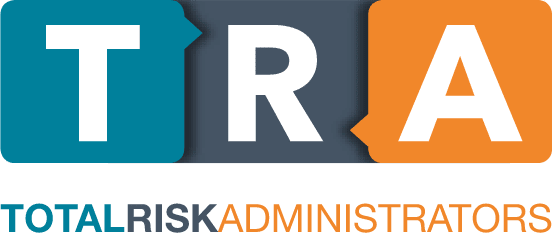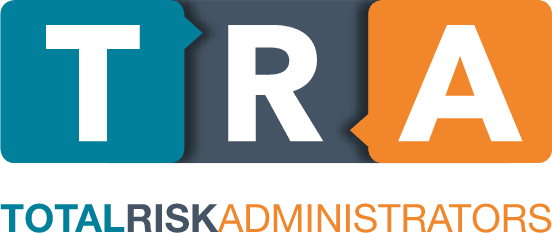Understanding exclusions that may apply to your gap cover is essential when choosing supplementary medical aid coverage. It’s important to know exactly what isn’t covered to avoid unexpected medical expenses.
What Is Medical Gap Cover?
Gap cover is a supplementary short-term insurance product that works alongside medical aid schemes to provide cover for the difference when healthcare providers charge above the medical scheme tariff rates. Gap cover is not a substitute for your medical aid membership and comes with specific exclusions that determine when coverage applies.
Common Gap Cover Exclusions
1. Annual Aggregate Limit Reached
Primary gap cover exclusions occur when the annual aggregate limit of R219 845 per insured person has been reached. This limit applies to all the costs covered under your gap cover policy.
2. Medical Scheme Membership Requirements
You can only apply for gap cover when you’re already a member of a medical aid registered with the Council for Medical Schemes. If you or your dependents don’t belong to a registered medical scheme, you’re not eligible for gap cover.
3. Medical Aid Payment Requirements
Your medical aid must pay its portion first before gap cover applies. Gap cover typically doesn’t cover medical expenses paid from your medical savings account or day-to-day benefits, except for casualty benefits or when specified in your policy.
4. Co-Payments Coverage
Typically, co-payments for certain consultations and specific outpatient treatment may be excluded, unless specified otherwise in your policy.
For example, TRA provides cover for certain co-payments, including:
- Scopes and diagnostic procedures
- Oncology treatments
- Scans and imaging
| Take a look at TRA’s 2025 Coverage Brochure for our policy-specific exclusions
Specific Gap Cover Exclusions
1. Mental Health & Behavioural Conditions
Generally excluded from most gap cover policies are:
- Mental stress and depression treatments
- Behavioural and neurodevelopmental disorders
- Psychiatric consultations, unless part of the prescribed minimum benefits
2. Cosmetic Procedures
Cosmetic surgery is typically excluded unless it’s reconstructive surgery following:
- Cancer treatment (such as breast reconstruction)
- Accidental injury requiring reconstructive work
- Procedures deemed medically necessary by healthcare professionals
3. Drug and Alcohol-Related Treatment
Drug and alcohol addiction treatment is generally excluded unless covered under prescribed minimum benefits (PMB). This includes both emergency treatment and rehabilitation programs.
4. Transport and Emergency Services
Emergency medical assistance costs that are often excluded include:
- Ambulance and emergency transport
- Air ambulance services
- Other hospital expenses related to emergency transport
5. Key Precautionary Diagnostic Procedures
These may have different coverage rules depending on whether they’re performed in a hospital or as outpatient procedures.
- Blood pressure tests during hospital stays
- Pre-operative diagnostic procedures
- Diagnostic procedures prompted by emergency situations
| Take a look at TRA’s 2025 Coverage Brochure for our policy-specific exclusions
Understanding Policy Limitations
Medical Savings Account Restrictions
Gap cover typically doesn’t cover expenses paid from your medical savings account. When your medical aid uses savings account funds, this doesn’t constitute a shortfall that gap cover would address.
Out-of-Hospital Treatment Limitations
Most gap cover policies primarily cover in-hospital procedures. Specific outpatient treatment coverage varies significantly between policies, with some plans covering:
- Casualty ward visits for accidental injury
- Emergency consultations
- Healthcare professionals’ fees for hospital-linked care
Hormone Treatment and Specialised Care
Hormone treatment and other specialised therapies may be excluded unless they’re part of approved medical procedures covered by your medical aid. Always check your policy document for specific exclusions.
| Take a look at TRA’s 2025 Coverage Brochure for our policy-specific exclusions
Choosing the Right Gap Cover Provider
Understand Your Medical Aid Plan
Before selecting the perfect gap cover for your medical aid, understand:
- What your medical aid covers
- How medical aid pays for different procedures
- What medical schemes’ tariff rates apply
- Whether you’re fully covered or face regular shortfalls
Reading Your Policy Document
Your gap cover policy document contains crucial information about:
- What’s generally excluded
- Specific waiting periods that apply
- Medical procedures that are covered
- Emergency medical assistance limitations
TRA’s Comprehensive Gap Coverage
As a trusted gap cover provider, Total Risk Administrators (TRA) ensures transparent communication about coverage and exclusions. TRA’s policies are designed to cover (depending on the product option):
- Tariff shortfalls up to 700% of medical scheme rates
- Ward and theatre fees above scheme tariffs
- Specialist consultations linked to hospital care
- Certain co-payments for approved procedures
TRA’s Waiting Periods
TRA is one of the few gap cover providers that does not apply the general 3-month waiting periods. TRA’s waiting periods are as follows:
- No general waiting periods for most cover
- 10-month waiting periods for condition-specific treatments (hernias, back issues, pregnancy)
- 6-month waiting periods for pre-existing medical conditions
Make An Informed Decision
Let TRA help you understand precisely what your gap cover includes and what it doesn’t, ensuring you have appropriate financial protection when healthcare providers charge above medical scheme rates.
Don’t let gap cover exclusions leave you exposed to unexpected medical expenses.
Choose TRA
Understanding what isn’t covered helps you make informed decisions. Whether you’re looking for coverage for major medical events, cancer treatment, or routine medical procedures, knowing the exclusions ensures you’re prepared.
For detailed information about TRA’s gap cover exclusions and to find the right policy for your needs, contact our specialists or review our gap cover policies today.




